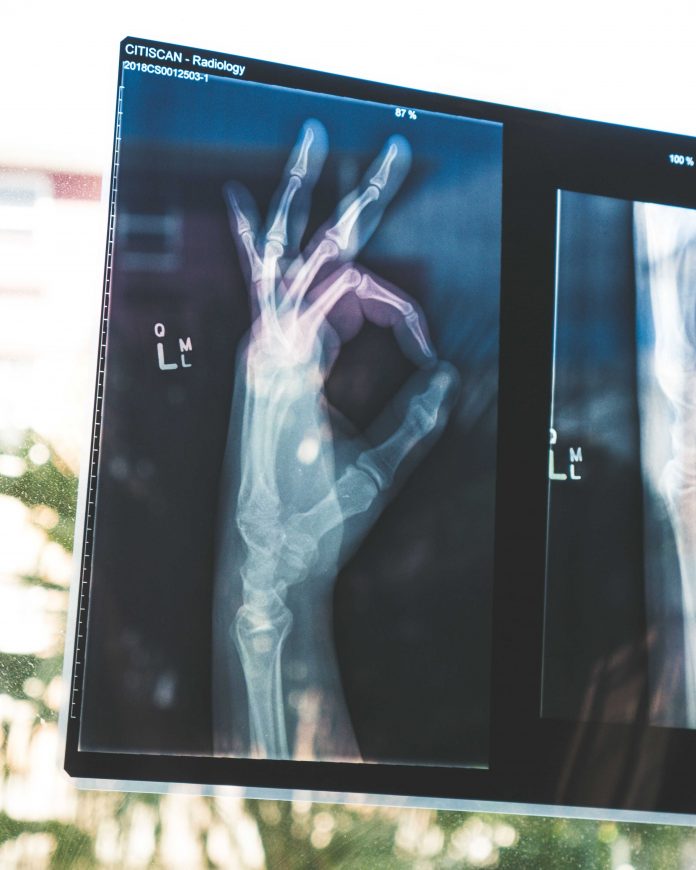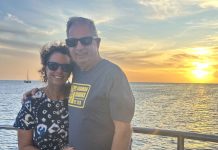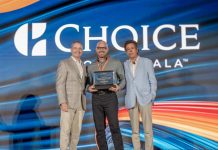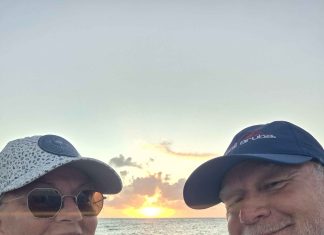By Carlos M Viana, Certified Clinical Nutritionist (CCN)
Matter comes in three states: solid, liquid and gas. Stop and think about glass and bones. Are they solid, liquid or gas? Which did you pick? If you choose solid for both, you are technically incorrect. We hear the objections screaming in your brains. Hold on; expand your reality of what you perceive.
Glass is technically a liquid much like water. So why does glass not behave like water? The answer is in the temperature. At ten below zero water flows nowhere; at a thousand degrees glass flows easily. Believe it or not, even at ambient temperatures, glass, pulled by the forces of gravity, flows ever so slowly down. There are old castles whose glass panes have flowed down so the bottom of the pane is much thicker than the paper thin top. Glass, your see, is a liquid that is solid or “frozen” at ambient temperatures.
What about breaking glass? Glass at ambient temperature, if forced too much will shatter into sharp pieces. Automobile “safety” glass is two panes of glass melted together with an inner core of plastic to make it more flexible, or shatter-proof. Automobile glass takes more force before breaking into dull pieces. Bones are more fluid than solid. Ask any orthodontist who uses braces to rearrange and straighten teeth. With time and constant pressure, teeth imbedded in solid bone jaws will slowly flow into a new space. Most of our calcium is found in bones and teeth. People require calcium daily. When there is a deficiency of calcium in the body, these nutrients are “borrowed” from our bones and teeth.
Our skeleton, which serves as our structural support, is actually constantly changing, maximizing strength and minimizing its mass to meet our physiological needs. Osteoporosis is a condition characterized by a loss of calcium and other minerals from the bones, making them more porous and brittle. Porous and brittle bones are more susceptible to break and fracture. People, aware that osteoporosis has become a big problem in developing countries, supplement with calcium and vitamin D for prevention. Most physicians assume that the way to treat osteoporosis is to prescribe calcium. Years ago I predicted this assumption would come back to haunt the medical profession. The negative consequences of calcium supplementation are finally being realized and medical researchers now know that their assumptions have made bone problems worse.
Calcium supplements can raise heart risks in postmenopausal women. In the United States a prescription medication that has calcium and vitamin D3 that has been used by nearly 10 million people to help prevent or treat bone loss or osteoporosis, has been linked to 2,400 incidents of jaw bone decay or Osteonecrosis of the jaw. Additional people taking these drugs have claimed to have such debilitating pain that they have become bedridden or in need of walkers, crutches or wheelchairs. Understanding this over simplification of bone density and calcium, I have developed a treatment approach in our clinic, using my biocompatible medical protocol. The first thing is to slow down the loss of calcium. Medicines that stimulate the thyroid and adrenal glands, as well as prolonged use of cortisone greatly affect calcium status. Steroids and artificial hormones, besides increasing your risk for some cancers, do not treat your bones well. Additionally, there are drugs that interfere with calcium absorption. Drugs used to decrease seizures and many stomach medicines prevent calcium absorption.
Operations to stomach or intestines; removal of gallbladders; kidney disease; diabetes; and alcoholism all contribute to poor calcium absorption. Perhaps the biggest enemy to bone loss is cigarette smoking. These problems need to be corrected to stop mineral loss from your bones. The second part of our protocol is to encourage the bones to become more flexible. Why do baby bones not break? They are not strong but they are flexible. Remember brittle glass shatters? Similarly, brittle bones shatter. Too much calcium in the bones makes them hard and brittle. The current test for osteoporosis, a bone-scan gives us your bone density. Bone density does not show flexibility. Thick, dense, but brittle bones will shatter and break easily.
We begin by replacing not just calcium, but all the minerals needed by your bones. There are two ways to accomplish this. The first is to feed your body the minerals. Magnesium helps maintain normal muscle and nerve function, keeps heart rhythm steady, supports a healthy immune system, and keeps bones strong. Nutritionists know that, magnesium regulates calcium transportation in the body. New studies show that magnesium therapy appears to prevent fractures and results in a significant increase in bone density in menopausal women. Vitamin K2 allows calcium from food to be used by the bones.
One of our ways to feed your bones is BONE SOUP: Use beef, chicken, turkey or fish, all animal bones are full of collagen important for strong healthy bones. Fill a large pot half way with any kind of bones, include a little meat. (Do NOT use Pork. Pork is NOT on any healthy diet!) Fill the other half with vegetables, especially a lot of parsley. Do NOT use potatoes, tomatoes or eggplant. Add 2 teaspoons of vinegar or half a cup of wine. Fill with water and boil vigorously for 3 hours. Keep only the broth. Add a package of un-flavored gelatin. Drink at least a cup a day alone or use a stock to cook with or add fresh vegetables to make soap.
Avoid acid forming foods; these cause your body to pull calcium out of your bones. Sugars, simple carbohydrates and processed foods are acid forming. Exercise in moderation is good for you. Excessive exercise can remove calcium from your bones. For joggers, running shoes are recommended to protect you from shin splints and knee problems. However, bones need to be stressed to be strong. Wearing shoes that absorb ALL stress is not good. Impact stimulates the flow of minerals for your bones. Another thing you can do to force your bones to become stronger is grow muscles. Muscles control bone production better than calcium supplementation. When muscles become bigger and stronger through exercise, the attached bone grows to support the musculature. Get the point! Your bones are alive. Drinking milk for your bone health is a myth that has no medical basis. Your skeleton is your body’s support; our clinic is your health support. Do you want to protect your bones from osteoporosis? Come in so we can teach you how to take care and feed your bones naturally.
CARLOS VIANA, Ph. D. is an Oriental Medical Doctor (O.M.D.) having studied in Shanghai, China; a Board Cert. Clinical Nutritionist (C.C.N.), a fellow member of the Board Certified Association of Addiction Professionals (C.Ad.), the Chairperson of the Latin American Committee of the International Academy of Oral Medicine and Toxicology (IAOMT), a Rejuvenating Cell Therapist and specializes in Anti-Aging Medicine, has a weekly radio program, writes and lectures extensively. For information: VIANA NATURAL HEALING CENTER NV, Kibaima 7, Aruba, TEL: 585-1270, Web Site: www.vianaheal.com.
















